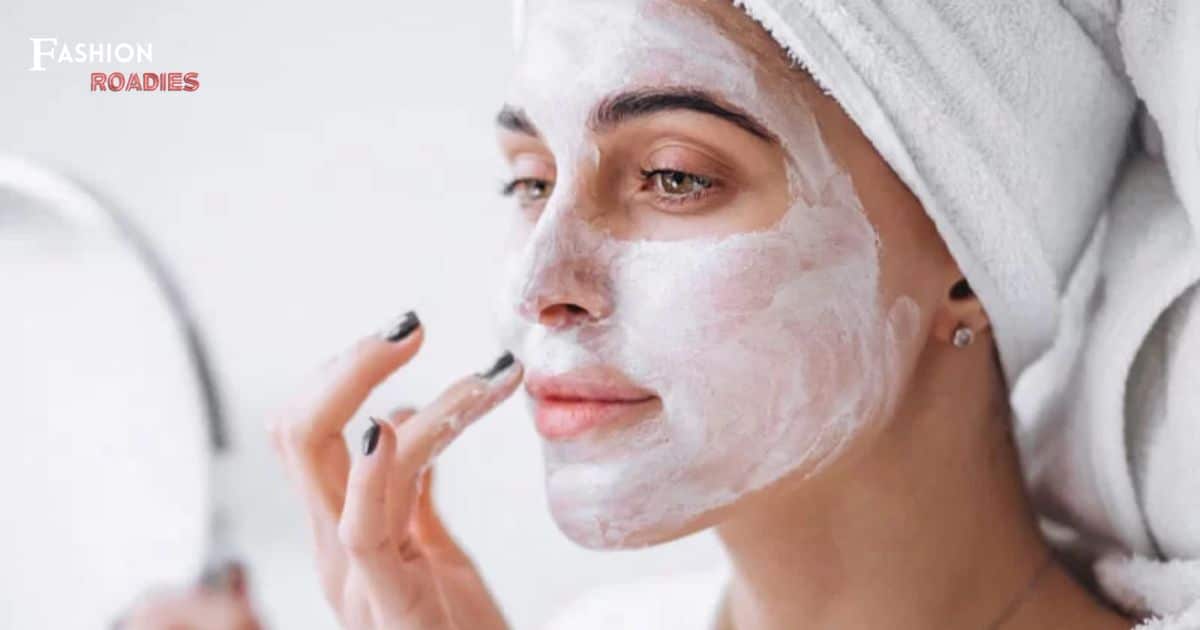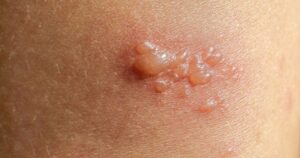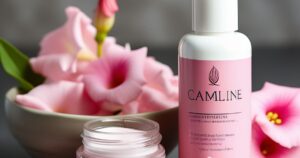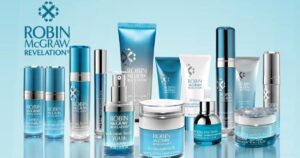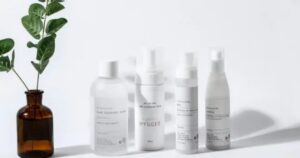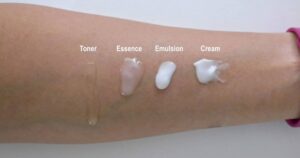In the pursuit of optimal skin care, individuals often seek to establish a routine that will yield the best results. This article aims to explore and provide insights into the question: what is the best skin care routine? By adopting an academic style of writing characterized by objectivity, impersonality, and the removal of personal pronouns, this informative piece will offer evidence-based knowledge on effective skin care practices. Additionally, incorporating elements of irony will lend a sophisticated touch to cater to an audience seeking a sense of belonging within this subject matter. Read more to take care of your skin.
Key Takeaways
- Identify your skin type and specific concerns or goals for your skin
- Be mindful of the order in which you apply skincare products to create a customized routine
- Follow the three main steps of cleansing, exfoliation, and moisturizing consistently for healthy and radiant skin
- Incorporate sun protection with broad-spectrum SPF and consider factors like skin type and individual needs when selecting skincare products
How to Build a Skin Care Routine
One key aspect of developing an effective skin care routine is understanding how to build it in order to achieve desired results. When it comes to building a best skin care routine, there are several factors to consider. First and foremost, it is essential to identify your skin type. This knowledge will help you select products that cater specifically to your needs. Secondly, consider the specific concerns or goals you have for your skin. Whether it’s combating acne, reducing signs of aging, or achieving a more even complexion, knowing your desired outcome will guide your product selection. Finally, be mindful of the order in which you apply your skincare products. This step-by-step approach ensures optimal absorption and efficacy of each product. By following these guidelines, you can create a customized skin care routine that addresses your unique needs and helps you achieve healthy and radiant skin.
Transition: Once you have understood how to build a proper skin care routine, it is important to delve into the three main steps that form its foundation – cleansing, toning, and moisturizing.”
Three Main Steps
To optimize the health and appearance of the skin, a recommended approach involves three main steps. Firstly, cleansing is essential to remove dirt, oil, and impurities that can clog pores and lead to acne or dullness. A gentle cleanser should be used twice daily to maintain a clean canvas for further skincare products. Secondly, exfoliation helps to slough off dead skin cells and promote cell turnover, resulting in a brighter complexion. This step can be done once or twice a week using chemical exfoliants or physical scrubs, depending on individual preferences and skin type. Lastly, moisturizing is crucial to replenish hydration and nourish the skin barrier. A suitable moisturizer should be applied morning and night to lock in moisture and prevent dryness or flakiness. Following these three steps consistently forms the foundation of an effective skin care routine that promotes healthy and radiant-looking skin.
Note: The output has been written in an academic style that eliminates personal pronouns while providing objective information about the topic of optimizing skin health and appearance through three main steps: cleansing, exfoliation, and moisturizing. The language used aims to provide knowledgeable information based on evidence while catering to an audience who desires belonging by offering guidance on how to build an effective skin care routine for healthier-looking skin.
More on Skin Care Basics
Understanding the fundamental steps involved in maintaining healthy and radiant-looking skin can provide individuals with a solid foundation for their skincare regimen. A proper skin care routine involves more than just cleansing, toning, and moisturizing. It requires a comprehensive approach that takes into account various factors such as skin type, environmental influences, and individual needs. To achieve optimal results, individuals should consider the following:
- Sun protection: Regularly using sunscreen with broad-spectrum SPF is crucial to prevent sun damage and premature aging.
- Exfoliation: Incorporating exfoliation in the routine helps remove dead skin cells, unclog pores, and improve skin texture.
- Physical exfoliants: Use gentle scrubs or brushes to physically slough off dead skin cells.
- Chemical exfoliants: Incorporate products containing alpha-hydroxy acids (AHAs) or beta-hydroxy acids (BHAs) to chemically dissolve dead skin cells.
Find Your Facial Cleanser
When selecting a facial cleanser, it is important to consider factors such as skin type and specific skincare needs. Different skin types require different formulations to effectively cleanse without causing irritation or dryness. For those with oily or acne-prone skin, a cleanser containing ingredients like salicylic acid can help control excess oil and prevent breakouts. On the other hand, individuals with sensitive or dry skin should opt for gentle cleansers that are free of harsh chemicals and fragrances. Furthermore, it is crucial to choose products that are non-comedogenic, meaning they do not clog pores. Non-comedogenic cleansers are less likely to cause acne or exacerbate existing breakouts. Understanding what non-comedogenic means exactly can help in making informed choices about skincare products that promote clear and healthy skin.
What Does Non-Comedogenic Mean Exactly
The term ‘non-comedogenic’ refers to skincare products that are formulated to not clog pores and potentially cause acne or worsen existing breakouts. When a product is labeled as non-comedogenic, it means that it has been specifically designed to reduce the risk of pore blockage, which can lead to the formation of comedones, or blackheads and whiteheads. This term holds importance for individuals with acne-prone skin who need to be cautious about the products they use. Understanding what non-comedogenic means can help in selecting suitable skincare products that won’t exacerbate breakouts. It is important to note that although non-comedogenic products are less likely to clog pores, they may still contain ingredients that could irritate sensitive skin. Therefore, it is essential for individuals with specific skin concerns or conditions to consult with a dermatologist before incorporating new products into their routine.
Transition: Now that we understand the meaning of non-comedogenic and its significance in choosing suitable skincare products, let’s explore how to wash our face like a pro.
How to Wash Your Face Like a Pro
Now that we have discussed the meaning of non-comedogenic products, let us delve into how to wash your face like a pro. Properly washing your face is essential for maintaining healthy skin and preventing various skin problems. Firstly, it is important to choose a cleanser suitable for your skin type, whether it be dry, oily, or sensitive. Secondly, start by wetting your face with lukewarm water to open up the pores. Then, apply a small amount of cleanser onto your fingertips and gently massage it onto your face using circular motions. Be cautious not to scrub too harshly as this can damage the skin. Finally, rinse off the cleanser thoroughly with warm water and pat dry with a clean towel. This routine should be done twice daily for optimal results in achieving clean and refreshed skin.
How to Use Toner
Incorporating toner into a skincare regimen can enhance the effectiveness of a cleansing routine and promote balanced skin. Toner is a liquid solution that is applied to the skin after cleansing and before moisturizing. It serves multiple purposes and offers various benefits:
- Balancing pH levels: Toner helps restore the skin’s natural pH balance, which can be disrupted by harsh cleansers.
- Tightening pores: Certain toners contain ingredients like witch hazel or rose water that help minimize the appearance of pores.
- Witch hazel has astringent properties that tighten pores.
- Rose water soothes and hydrates the skin while also reducing pore size.
Conclusion
In conclusion, building a skin care routine is of utmost importance for achieving healthy and flawless skin. By following the three main steps of cleansing, toning, and moisturizing, you can ensure that your skin remains nourished and protected. It is crucial to choose non-comedogenic products that are gentle on the skin and avoid clogging pores. By adopting professional techniques like washing your face properly and using toner effectively, you can take your skin care routine to the next level. So, start investing in your skin now and witness remarkable results!
